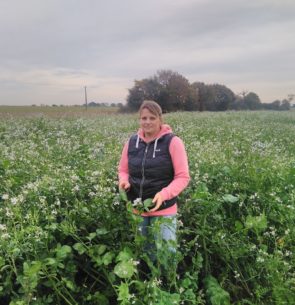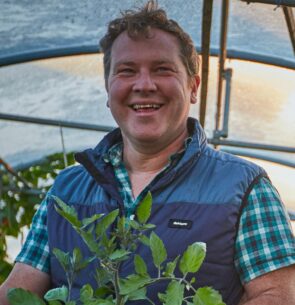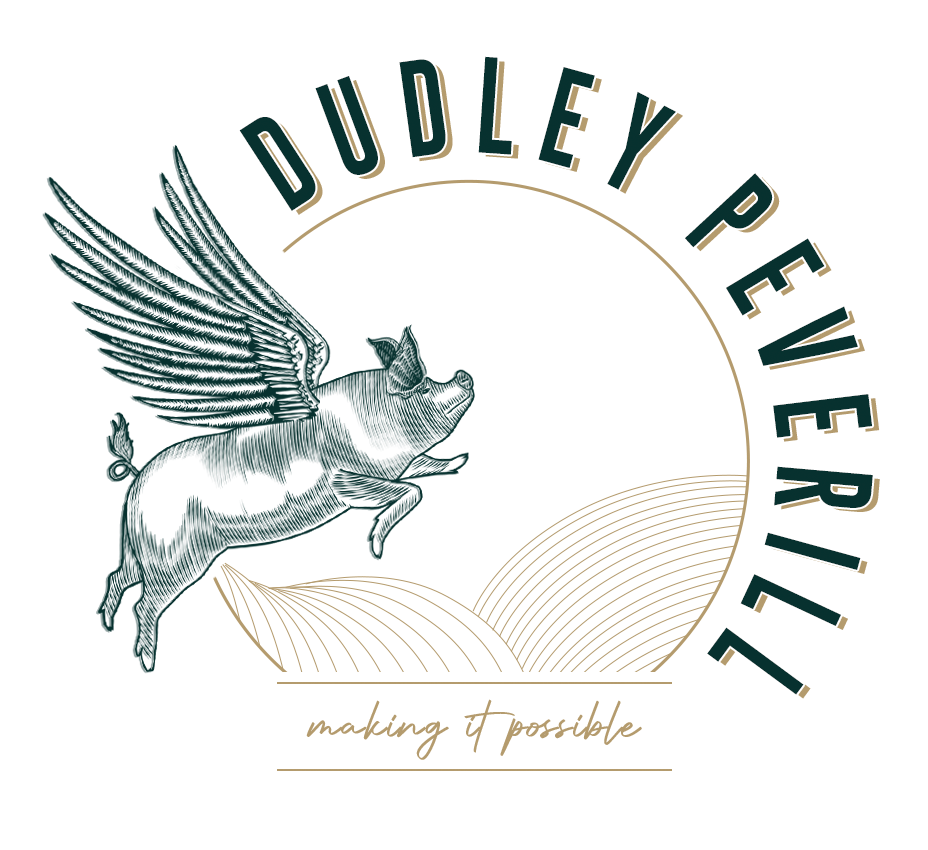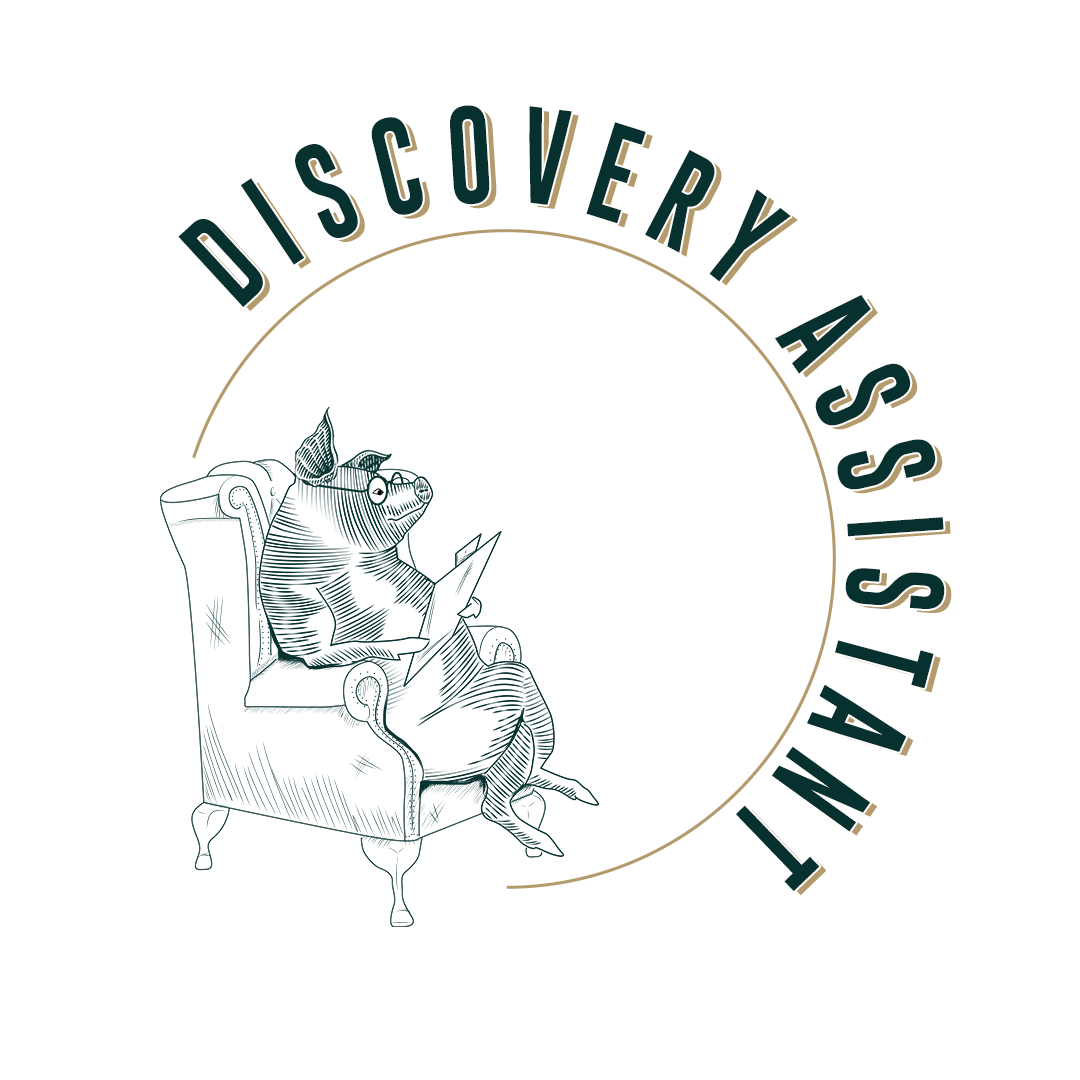Whether it’s Gabe Brown or Joel Salatin, regenerative farming has always had a focus on “enterprise stacking”. This is the idea surrounding achieving higher sales and margins from the same area of land. Some might argue that in its most simple form, this is mixed farming… but the roots go deeper, as speakers at Groundswell explained.
Enterprise stacking in the commercial context is at the heart of what we do here at Dudley Peverill.

Whether it was laying hens following milking cows (Tim May to below to the left), or suckler cows (Nicola Renison to the middle below). or adding sheep milk production to an existing Romney breeding within an arable system as described by Jo Franklin (below to the right). All of these new ventures require a potentially new skill set acquisition. Whether this involves simply learning new production skills or marketing and sales of your new product lines, it will require a willingness to make mistakes and ultimately, learn from them.



What is your context?
What interests you? What would you like to incorporate into your farming business? What are you keen to avoid?
- Enterprises you have no interest in or grow to dislike will be much less likely to add value to your core business and may become a liability.
What is your wider business strategy?
- Is there a wider strategy or vision within your farm business? For example, a food or retail brand? It’s important to maintain brand consistency and maintain focus towards an end vision.
What resources are available on your farm?
- Every farm business is different. What assets, such as skillsets, buildings, land or machinery are currently present on your farm?
Is there a demand? Have you evaluated the local competition?
- Location and demographics are vital when considering farm diversification.
- Route to market, sales strategies and pricing structure are vital considerations.
People
One of Antony’s (managing partner at Dudley Peverill) favourite speakers from both days was Matt Swarbrick from Henbant. An ecologist and filmmaker by background, he and his family live at Henbant and operate an 80-share CSA scheme. They produce enough eggs, beef and veg for 80 local families. His story highlighted many commonalities with Tim May, both recognising that they didn’t have the time and skills to facilitate everything they wanted to achieve on their respective farms. This is a typical theme we experience with clients. Tim May runs an annual “Pitch Up!” event, where he is on the lookout for environmentally-focused partners to come and make the most of the estate’s plentiful space, fertile land and inspiring ethos. Matt has taken a similar yet alternative route of working with volunteers and mentoring new entrants, helping to ensure the viability of Henbant.

As a landowner himself, and wanting to identify more ways in which we can assist in delivering the aspirations of our clients and help new entrants, Antony participated in market garden speed dating! This session of Groundswell involved matching landowners who have a few acres that could be put to better use growing vegetables with market gardeners, who are passionate about growing fruit and vegetables. The lesson learnt was to challenge your involvement objectives, something we often find ourselves discussing with clients. By doing so, we summarise the question “what level of involvement can you afford?”, by asking the following:
Do you want to be directly involved in the operation of an enterprise?
Can you afford to take time away from the core business?
Is rent-taking or a joint venture more appropriate?
From an alternative land-use perspective, whether considering woodland or vineyard creation, there were common budget themes from “Creating Woodlands for Cash, Carbon & Conservation” presented by Simon Marrington of Tilhill, or “From Ground to Grape to Glass” where Hugo Stewart of Domaine Hugo Vineyard and Liz Mumcuoglu, co-owner of Trevibban Mill Vineyard and Orchards, Cornwall, introduced the audience to their vineyards.

Liz’s story of buying a rural retreat of some 6½ acres in 2007, planting a now productive vineyard from 2008 – 2012 and later adding a contemporary Winery building, now housing the winery and cellars, bars, events and wedding space and Temptation’s production kitchens, was captivating, inspiring and a great example of enterprise stacking. However, key budget considerations were raised, summarised as:
What is your investment budget?
What is your timescale for project completion?


The work involved in creating a successful and viable diversification can seem daunting, especially considering the existing labour and management requirements of an agricultural business. However, through comprehensive strategy early on, farms and estates can capitalise on the above, often having most or all of the components necessary to successfully stack enterprises and generate alternative and additional revenue streams.
If you require assistance in any stage of your diversification journey, from beginning to end, call us at Dudley Peverill Associates now for a free initial consultation, to see how we can make your aspirations a reality.

